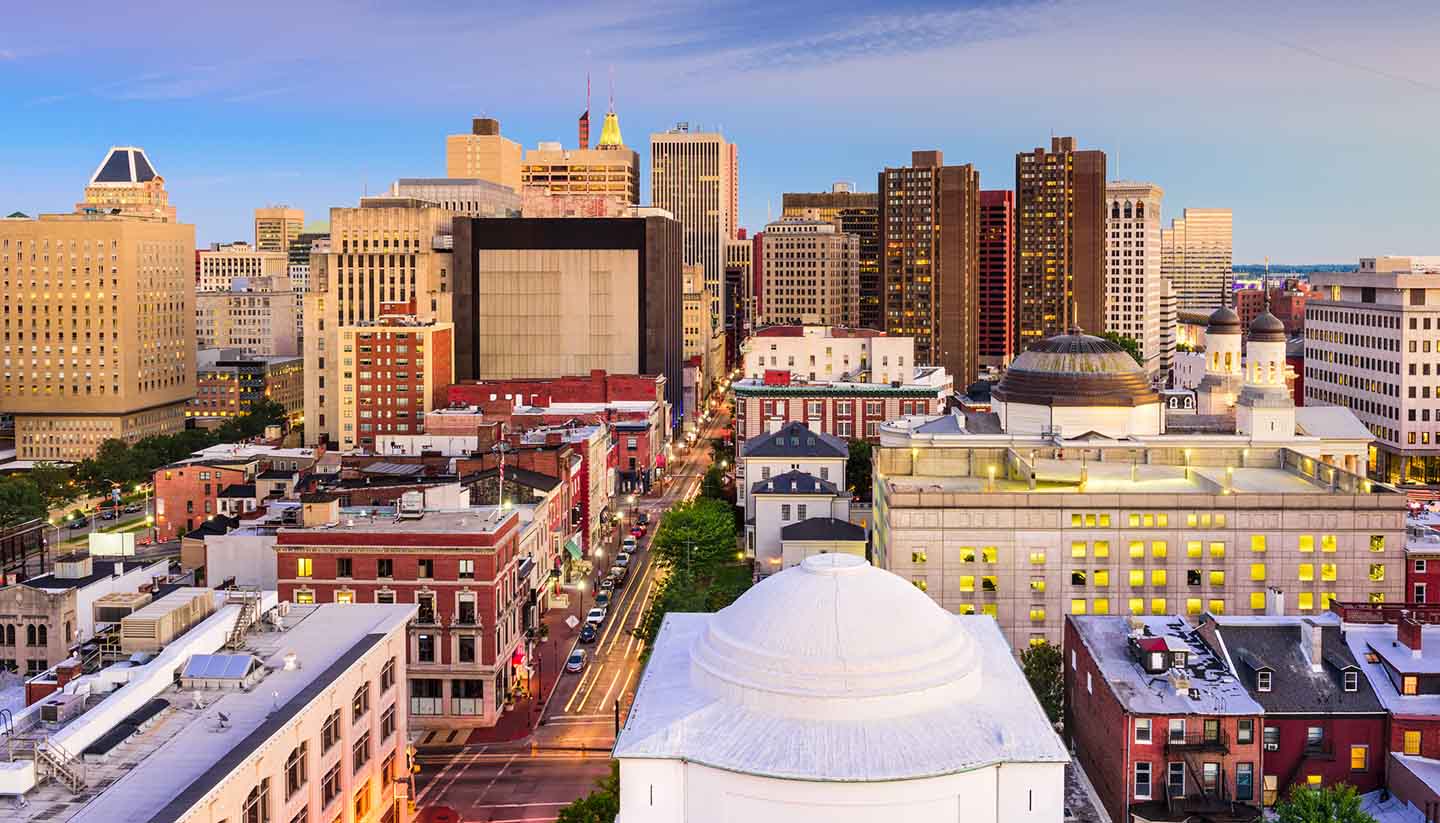Maryland History, Language and Culture
History of Maryland
Prior to European settlement, various Native American groups such as the Piscataway, Patuxents, and Mattawomans inhabited present-day Maryland. It wasn’t until 1498 that the first wave of explorers sailed along the eastern coast.
The royal charter for the Province of Maryland was issued to Cecilius Calvert, 2nd Baron of Baltimore, in 1632 whilst the first settlers arrived at St. Clement’s Island (in southern Maryland) in 1634.
St. Mary’s City, the colonial capital, quickly became the largest settlement in Maryland. The colony quickly became predominantly Catholic, though in 1649, the Maryland Toleration Act was issued, which outlined religious tolerance in the region.
In the early 1700s, the capital was moved to the quickly growing Annapolis. Shortly afterwards, a border dispute between Maryland and Pennsylvania led to the commissioning of two surveyors, Charles Mason and Jeremiah Dixon, to decide on a boundary that later became known as the Mason-Dixon Line, still recognised today.
Unlike most colonies, Maryland didn’t favour independence from the British. Eventually, however, the colony gave in and agreed to ratify the new colonial government. During the Civil War, Maryland was a border state between the north and south and residents fought for both the Union and Confederacy; many plantation owners however, had already freed their slaves before the fighting began.
After the war, a deep division existed between those who sided with the north and those with the south. Many attempted to discrimination against and disfranchise African-Americans in Maryland. The attempts by white supremacists, however, failed due to widespread public support of equality.
Maryland was greatly affected by WWI; home to many existing military bases, Maryland was a hotspot for the war effort and many great victory gardens and adhered to the strict rations.
Today, Baltimore is one of the country’s largest ports and employees a large portion of Maryland’s workers. Additionally, the state’s close proximity to Washington, D.C., makes it home to countless government employees in several fields, including research, defence, and administration.
Maryland Culture
Religion in Maryland
During the colonial area, Maryland was one of the only colonies to have a Roman Catholic majority, and that still holds true today. The majority of religious residents identify as Roman Catholic, with Protestant denominations like Baptist and Methodist making up the majority of the remaining residents. There is a fairly large Jewish population with several other smaller religious groups.
Social Conventions in Maryland
Maryland has a very large sports culture, with many different professional and college athletic teams. Two National Football League teams play in the state, the Baltimore Ravens and the Washington Redskins. The Baltimore Orioles are the Major League Baseball franchise in the state, and the Washington Capitals represent the National Hockey League. Because of the multitude of professional sports franchises in the state, many across the state are diehard fans of one team or another.
Maryland is often recognized for its fresh, delicious blue crabs. They are also known for their specific preparation of the crab; they are often steamed and seasoned with Old Bay seasoning (a special herb and spice blend developed in Maryland).
Language in Maryland
Though Maryland does not have an official language, English is the most widely used language in the state. In the Washington, D.C. metropolitan area, there is also a fairly large Spanish speaking population.


